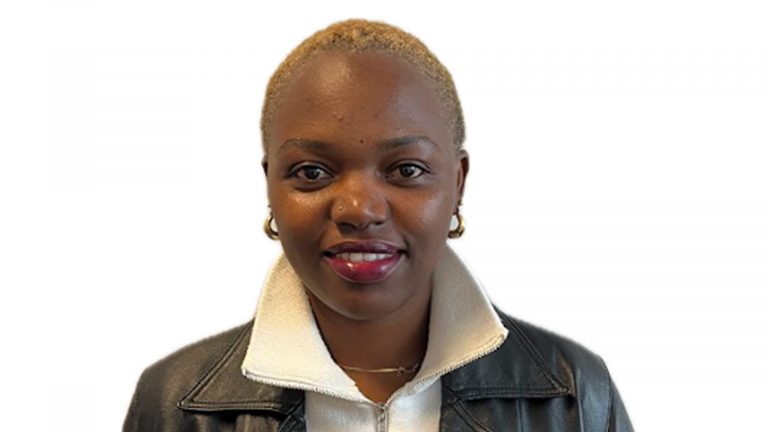
#Cement #Carbon footprint #Limestone Calcined Clay Cement (LC3)
Non-academic partner: Twiga Cement Tanzania (Mr. Gilles Covello)
1 Nov. 2023 – 31 Oct. 2026
Low carbon and low-cost cement for affordable housing in Tanzania
Supervisor: Prof. Karen Scrivener, LMC
In Tanzania, there is a pressing need for about 3 million safe and affordable housing units, increasing by 200,000 units annually. This signifies a demand for construction materials, particularly Portland Cement (PC), leading to carbon footprint and high production costs. To address this, there is a crucial need to explore alternative, locally produced, low-carbon, and low-cost cement. A promising solution is Limestone Calcined-Clay Cement (LC3), which has significantly lower energy consumption and CO2 emissions than PC.
In Tanzania, where kaolin clay, the LC3 raw material, is abundant, LC3 can be produced with a 15% lower overall energy consumption and 30-40% lower CO2 emissions than PC. The country’s vast kaolin clay deposit, Pugu hill clay, could meet the LC3 cement demand for the entire East African region.
With LC3 comprising 50% clinker content, reducing it further could cut production costs and carbon footprint, benefiting affordable housing. However, considering depleted limestone deposits and abundant natural pozzolana deposits in Tanzania, exploring the possibility of partially replacing limestone with natural pozzolana in LC3 would further reduce the production cost.
Therefore, this project aims to reduce clinker content and study the influence of natural pozzolana in LC3, and an ultimate goal Is to introduce a quaternary blend of Limestone – natural pozzolana – calcined clay – clinker cement to the Tanzania construction market as a low-carbon, low-cost cement for affordable housing.
The primary beneficiaries include cement manufacturers, entrepreneurs, and small-scale construction businesses. The project also seeks to empower women in the construction industry by involving them in the supply chain and practical application of the new cement. This includes designing and building a residential house for young girls and women fleeing dangerous environments, providing them with education and encouraging their participation in LC3 entrepreneurship. The project creates a sustainable solution to Tanzania’s housing challenges while fostering gender empowerment and social impact.

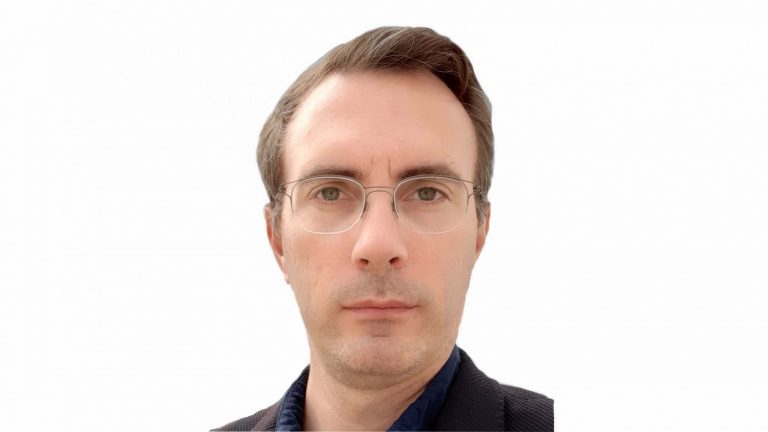
#Environment #Water treatment #Cheminformatics
Non-academic partner: Veolia
1 Jan. 2023 – 31 Dec. 2025
A computational platform for the prediction and intensification of (electro)sorption processes applied to environmental services
Supervisor: Prof. Nicola Marzari (Theory and Simulation of Materials)
The growth of a sustainable economy will increasingly require the development of chemical processes to efficiently clean and recycle valuable resources (water, strategic minerals for agriculture, energy conversion, storage, mobility, …) with a minimum environmental footprint. Notably, an important set of processes is based on the use of well-selected materials (sorbents) to extract pollutants or valuable molecules from a liquid or gaseous stream. In electrosorption, the extraction efficiency can be further tuned by controlling the electric charge of the sorbent. In general, however, developing or optimizing such processes is a challenging, lengthy, and costly task given the physico-chemical complexity and variability of solid, liquid, and/or gaseous streams to be treated, and the interplay between several and sometimes conflicting underlying mechanisms.
On the other hand, atomistic computer (“in silico”) simulations have been key emerging and enabling tools for the high-throughput search and prediction of materials properties and behavior, applied successfully to a wide spectrum of fields such as pharmaceuticals, catalysis, energy storage, or geochemistry. Particularly, the last decade has seen important methodological breakthroughs for the increased accuracy and scalability of those tools, including improved atomistic force fields, realistic description of electrified solid / liquid interfaces, and machine-learning models.
To help accelerate the innovation of environmental processes, this project thus aims at developing a computational platform / workflow for the prediction and intensification of molecular sorption, notably at solid / liquid interfaces. In connection with the industry, a set of chemical species most relevant to remediation and/or the circular economy will be prioritized. Then, a calculation framework will be built to account for key physico-chemical factors of the treatment process (sorbent surface, adsorbate, electrolyte, electric charge, pH, …) offering a good compromise between predictability and scalability. This framework will be notably designed around the important use-case of process intensification, that is, the ability to gain insight and tuning of the operational and/or chemical parameters (charge / voltage, electrolyte composition, functional groups, …) most suitable for process enhancement.

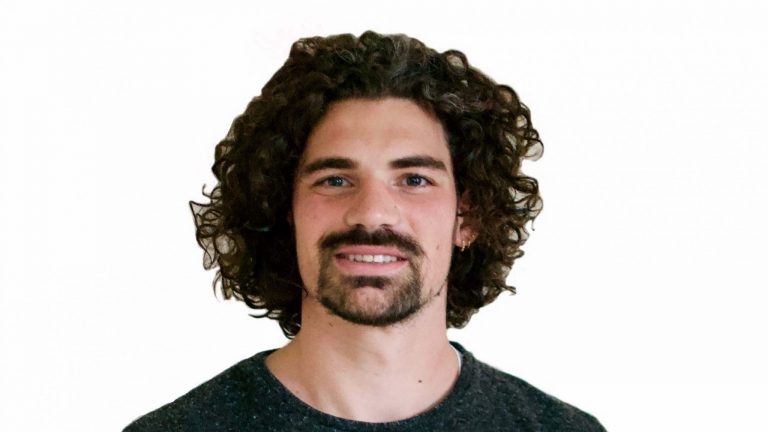
#Parkinson’s disease #Deep Brain Stimulation #Gait disorders
Non-academic partner: Onward Medical
1 Oct. 2022 – 30 Sept. 2024
Identification of new deep brain stimulation targets to address gait disorders in Parkinson’s disease
Supervisor: Prof. Grégoire Courtine (G-Lab Upcourtine)
Parkinson’s disease is one of the most prevalent neurodegenerative diseases in the world, and 90% of patients will develop gait disorders. Gait deficits are listed among the most incapacitating symptoms of Parkinson’s disease, as they severely reduce mobility and independence, induce insecurity about leaving home, require personal assistance, and provoke fall-related injuries. Finding solutions for these gait impairments will tackle the medical and economic burden of fall-related injuries and will participate in a more inclusive society by restoring the independence of patients.
For decades, deep brain stimulation therapies have been empirically employed with impressive results to alleviate upper limb motor symptoms (i.e., rigidity, bradykinesia or tremor) in patients suffering from Parkinson’s disease. However, global features of locomotion variably respond to deep brain stimulation and dopamine replacement therapies, and key aspects such as gait initiation, postural instability, and freezing of gait can even worsen with the stimulation. Alternative anatomical targets, suspected to play a role in the degradation of gait function in Parkinson’s disease, have also been tested in recent clinical trials. Yet the motivation that guided those choices was biased, compelled by experiments in animal models that were uninjured, and results turned out to be inconsistent. This raises the question of whether other important brain structures, which may gradually become essential in Parkinson’s disease as the disease progresses, have been overlooked.
In order to develop efficient clinical approaches, this project will roll out a cutting-edge unbiased whole-brain approach in mice to identify brain and brainstem structures involved in gait that gets affected in Parkinson’s disease. We will then characterize the functional and molecular properties of candidate regions, and their response to deep brain stimulation. This ambitious project will be integrated into the activities of the laboratory of Prof. Grégoire Courtine at EPFL, which holds extensive experience in pre-clinical gait restoration studies in mice in the context of spinal cord injury and access to state-of-the-art platforms of Campus Biotech. The objective is ultimately to devise new neuromodulation approaches optimized for gait deficit in Parkinson’s disease, leveraging the unique infrastructure and expertise of the two complementary research sites of Prof. Grégoire Courtine at Campus Biotech and at CHUV Lausanne.

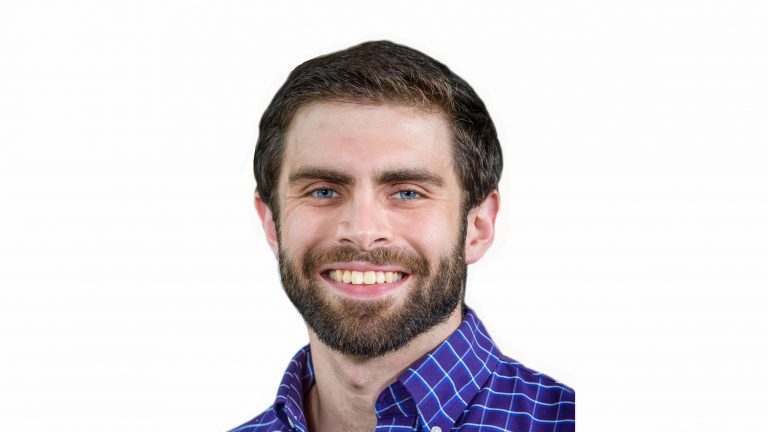
#Solar energy #Thin film semiconductor #Novel process development
Non-academic partner: CSEM
1 Oct. 2022 – 30 Sept. 2024
Vapor transport reaction processes for the manufacture of lead halide perovskite thin films and solar cells
Supervisor: Prof. Christian Wolff (PV-Lab)
This project aims to develop new processes to make next generation solar cells in an easily manufacturable and scalable way, to make solar energy more available and affordable for all.


#CO2 sequestration #Laboratory geomechanics #Computer models
Non-academic partner: Swiss Federal Office of Energy (Mr. Valentin Gischig)
1 Nov. 2022 – 31 Oct. 2025
Quantifying Sedimentary Rock Hydromechanics at Conditions of Carbon-Dioxide Geo-Storage
Supervisor: Prof. Marie Violay (Laboratory of Experimental Rock Mechanics)
Projected impacts of global warming on the environment and people have sparked a socio-technological and political shift to cut greenhouse gas emissions, especially carbon dioxide (CO2). Carbon capture and storage (CCS) is the only proven technology that could help achieve that goalt. CCS is the process of collecting CO2 from emission sources like industrial plants and injecting the liquefied gas deep underground in suitable locations for permanent storage. According to the International Energy Agency, “it would be virtually impossible to reach net-zero emissions without CCS operating at scale.” With CCS, we can continue burning fossil fuels to produce essential goods like electricity, cement, and steel at affordable costs, yet with minimal consequences on the environment.
CCS is taking more serious steps toward industrial maturity as a couple of dozen CCS facilities (versus 2500 facilities required by 2040 worldwide to meet the Paris Agreement climate goals) are now operating worldwide. Much research and development effort is still needed to accelerate CCS maturity, notably to reduce carbon-capture costs and improve storage efficiency and safety. On the storage end, the focus is on advancing our understanding of rock responses to carbon sequestration to prevent deformation reactions that could impact engineering infrastructure, reservoir storage capacity, and long-term storage safety. Undesirable reactions could also aggravate regional seismicity and land heave/subsidence.
In collaboration with geotechnology scientists and researchers from École Polytechnique Fédérale de Lausanne, École Normale Supérieure-Paris, École des Ponts-Laboratoire Navier, Johns Hopkins University, and the Swiss Federal Office of Energy, EPFLRock4CCS will develop novel computer models to empower capabilities for more accurate predictions of geo-reservoir deformation during and after carbon disposal. This research will benefit from cutting-edge laboratory techniques and advanced material theories and modeling frameworks. EPFLRock4CCS will help accelerate CCS maturity, secure affordable and clean energy and ensure more responsible consumption and production, which all align with the 7th & 12th United Nations Sustainable Development Goals.

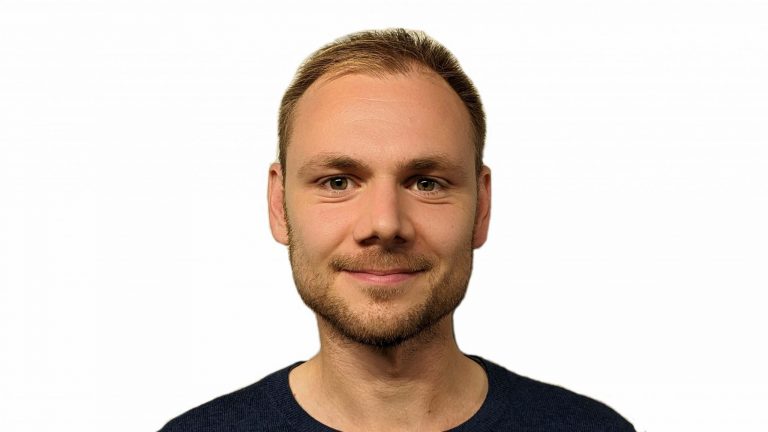
#Carbon dioxyde #Catalysis #Sustainability
Non-academic partner: Plastogaz
1 July 2022 – 30 June 2025
Valorisation of CO2 Waste into High-Added-Value Products through State-of-the-Art Catalysis
Supervisor: Prof. Paul Dyson (Laboratory of Organometallic and Medicinal Chemistry)
This project will develop catalysts to convert CO2 to valuable fuels and chemicals, chiefly, methyl formate, which is a platform chemical for a variety of other feedstocks. The catalysts will be based on porous, anionic solids (such as metal-organic frameworks and zeolites) which act as the host for catalytic metal complexes, combining the selectivity and activity of homogeneous catalysts with the easy product separation and high stability of heterogeneous catalysts.
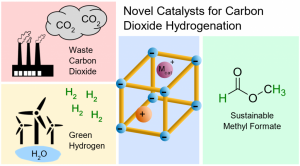
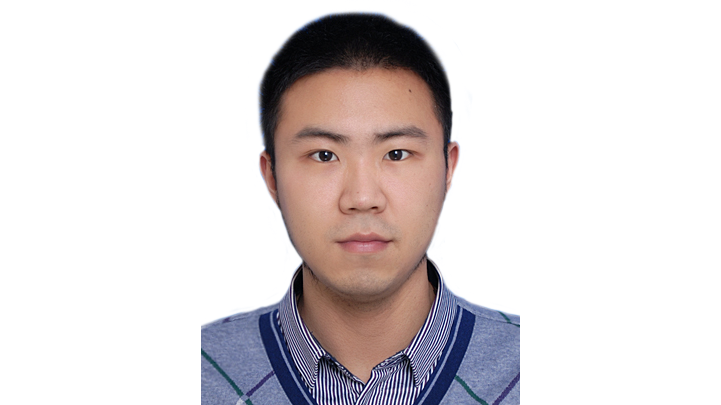
#Porous materials #Precious metals #E-waste
Non-academic partner: PXgroup
1 July 2023 – 30 June 2026
Novel Methods for the Extraction of Precious Metal from Waste
Supervisor: Prof. Wendy Lee Queen (Laboratory for Functional Inorganic Materials)
Natural supplies of precious metals (PMs) such as gold, platinum, palladium and silver are becoming increasingly scarce due to the sustaining increasing technological development and consumer demands. Because PMs are accumulating in urban landfills, the idea of urban mining has recently surfaced. Urban mining consists of reclaiming strategic metals from urban waste to re-introduce them in the industrial circuit, in a circular manner. Recently, in the field of PM recovery several challenges are apparent, including the low recovery rates and the amount, poor selectivity in more complex matrices and environmentally unfriendly extraction approaches. Thus, in this project, we aim to design highly porous composites that offer unprecedented performance in PMs extraction economically and environmentally from highly complex waste matrices. Collaborating with our non-academic partners, we aim to develop novel porous materials and then demonstrate their applicability for the extraction of PMs.
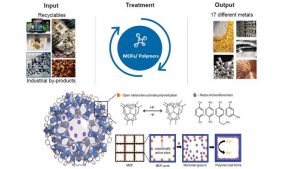

#COVID-19 #Oxygen supply #Medical oxygen concentrator
Non-academic partner: EssentialMed (Mr. Matthieu Gani)
1 July 2022 – 30 June 2025
Next generation medical oxygen concentrator
Supervisor: Prof. Wendy Lee Queen (Laboratory for Functional Inorganic Materials)
The pandemic has stressed the public health infrastructure globally. It is reported that more than half a million patients with COVID-19 in low- and middle-income countries need oxygen every day and shortages are causing preventable deaths. Current medical oxygen concentrators (MOCs) – devices that concentrate oxygen directly from the air, are ill-suited for use in these rural facilities. This stems from a number of problems including intermittent and low-quality power, hot, humid, and dusty environments, and the lack of maintenance expertise and spare parts for the medical equipment. Thus, the aim of this project is to overcome the severe performance decline of MOCs in harsh conditions. Through collaboration with our non-academic partners, we aim to produce a new MOC product that is cost-effective, long-lasting and low maintenance, so they are better suited for deployment in low-, middle-, and high-income countries alike.
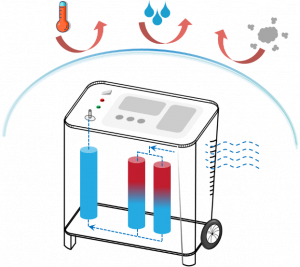

#Cancer #Immonutherapy #Exhaustion
Non-academic partner: XtalPi
1 Sept. 2022 – 31 Aug. 2025
Whether and how Fc/IL-4 reinvigorates terminally exhausted CD8+ T cells and boosts the anti-cancer efficacy of immunotherapies
Supervisor: Prof. Li Tang (Laboratory of Biomaterials for Immunoengineering)
Cancer, the second most common cause of death globally, greatly threatens the sustainability of our society. Cancer immunotherapy has achieved remarkable clinical success recently. However, majority of patients fail to respond to this new therapy. This low response rate is partially due to the fact that cancer-killing immune cells, mainly T cells, gradually become exhausted and eventually fail to control tumor growth.
In this project, we plan to investigate whether and how an immune signaling molecule, called interleukin (IL)-4 could potentially rescue T cells from exhaustion and maintain their capacity of fighting cancer. Particularly, IL-4 may synergize with exiting immunotherapies enhance patients’ response rate and thereby benefit cancer patients more broadly. The research activities will be carried out at Tang lab in EPFL (https://www.epfl.ch/labs/tang-lab/), which is a leading lab in immunoengineering, with the support of our non-collaborator, Xtalpi, a world-wide leading AI-powered pharmatech company.

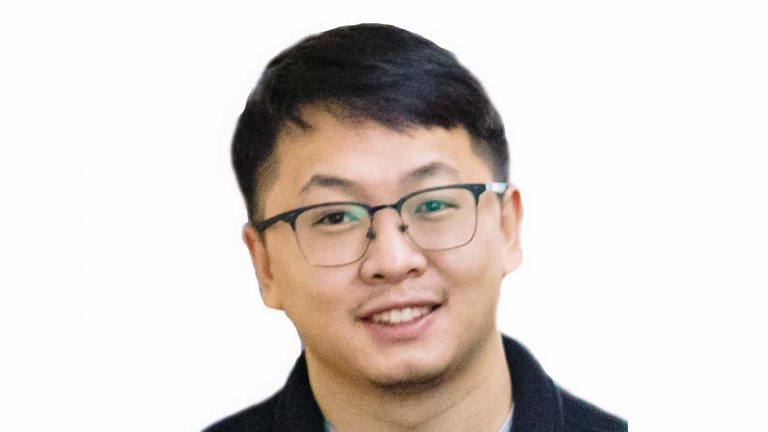
#Graphene #Membrane #Lithium extraction
Non-academic partner: Gaznat (Mr. René Bautz)
1 Sept. 2022 – 31 Aug. 2024
Ion-ion separation using conjugated microporous polymer masked nanoporous graphene for energy-efficient lithium extraction
Supervisor: Prof. Kumar Varoon Agrawal (Laboratory of Advanced Separations)
Li, often referred to as “white gold,” is one of the essential raw materials for batteries with application in portable electronics, electric vehicles, and large-scale energy storage systems. Developing energy-efficient membrane based separation technologies for lithium extraction from brine is an important and urgent topic. Herein, I propose establishing a precise electrochemical synthesis strategy to prepare conjugated microporous polymer masked nanoporous single-layer graphene membranes with controllable nanoscale thickness, narrow pore size distribution, and easy-tailored local chemical composition, which will be used for precise and fast ionic sieving and lithium extraction from brine.

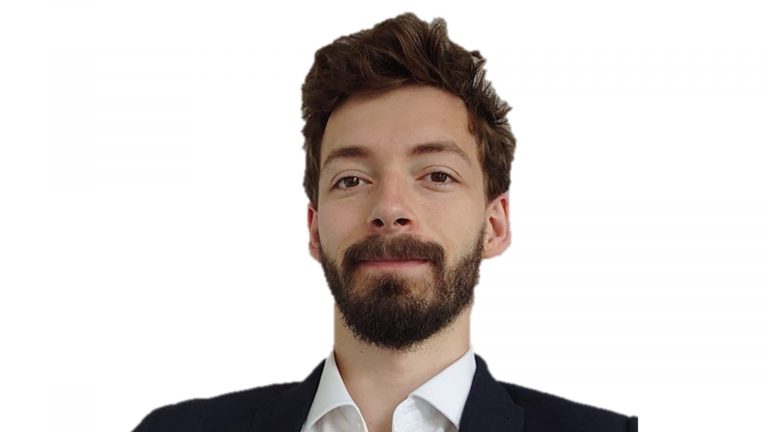
#Agri-robotics #Manipulation #Soft robotics
1 August 2023 – 31 Jan. 2025
Manipulation Solutions for Agricultural Harvesting
Supervisor: Prof. Josie Hughes, CREATE Lab
The project’s goal is to develop robotic solutions that can efficiently and reliably handle the variability in agricultural fields during harvesting. This involves creating robots that can pick crops effectively, even when there is significant variation in the field. Additionally, the project aims to develop tools and methods for testing and training these robots in a controlled lab environment, reducing the need for expensive and time-consuming field tests.
In addition to addressing the challenges in the agriculture industry, there is a growing need for more adaptive and intelligent robotic grippers. The current robotic grippers used in agriculture and other industries often lack the flexibility and adaptability required to handle the diverse range of shapes, sizes, and conditions of crops and objects. Ultimately, this project seeks to develop intelligent manipulation solutions for more general-purpose robotic manipulation.
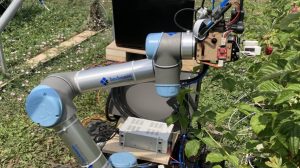
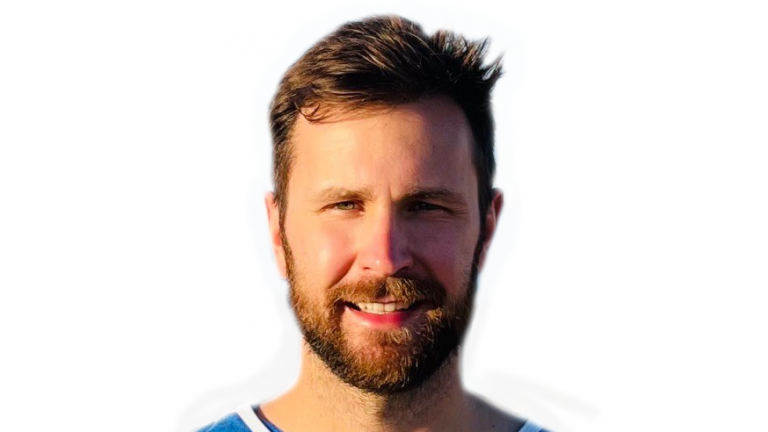
#Microcatheters #Retinoblastoma #Medical robotics
Non-academic partner: Retinoblastoma and Oculogenetic Units at Jules-Gonin Eye Hospital, Dr. Christina Stathopoulos
1 Oct. 2023 – 30 Sept. 2025
Flow-driven microcatheter system for treating retinoblastoma in children
Supervisor: Prof. Selman Sakar, MICROBS lab
Customize flow-driven, magnetically controlled robotic microcatheters into a teleoperation system for drug delivery against retinoblastoma.
The proposed system will allow for drug delivery in the direct proximity of the tumor. Therefore it will contribute to improving the clinical outcomes in developed countries through miniaturisation and in the developing countries through teleoperation in the future.
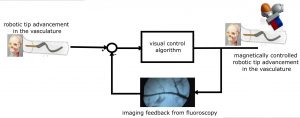
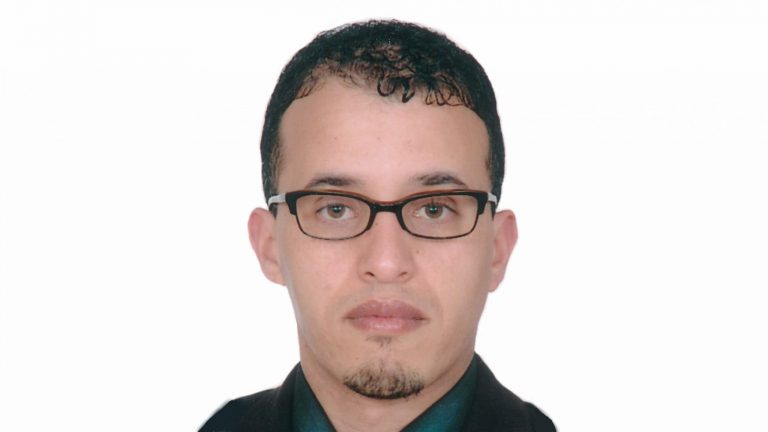
#Smart Eco-Cities #City brain platform #Environmental planning and governance
Non-academic partner: Republique et canton de geneve
1 Oct. 2022 – 30 Sept. 2023
A Novel Smart Eco-City Brain Model – Data-Driven Artificial Intelligence of Things and Platform Urbanism for Advancing Environmental Planning and Governance
Supervisor: Prof. Alexandre Alahi (Visual Intelligence for Transportation)
The convergence of the IoT, Big Data, and Artificial intelligence (AI) under data-driven AIoT will transform urban practices and has the potential to address and overcome major societal challenges, including environmental sustainability in the context of smart cities. Therefore, smart eco-cities, as sites of innovation and experimentation for environmental solutions and reforms, are increasingly integrating smart city data technologies and strategies with eco-city green technologies and strategies to accelerate the transition to environmental sustainability. To this end, they are undergoing a process of large-scale digital transformation generated by data-driven AIoT and its resulting processes of digital instrumentation, hyper-connectivity, datafication, and algorithmization. These processes underpin the practice of platformization, a phenomenon that has recently risen to prominence and given rise to the emerging paradigm of platform urbanism, i.e., an evolution of smart urbanism that reflects the ways in which the landscapes of smart cities and, by extension, smart eco-cities develop and prepare for the future. This entails leveraging the power of large-scale AI systems and harnessing the novel potential of urban platforms to advance the planning and governance of smart eco-cities in the pursuit of environmental sustainability. For the first time, this research project focuses on City Brain Platform as an innovative solution that, by integrating these systems and platforms, largely expands opportunities for better understanding and preventing environmental problems, transforming public decision-making processes, as well as enabling novel digitally socio-technical assemblages of the public sector, the private sector, civil society, and the resulting new kinds of intermediations. In this light, the research project aims to investigate, analyze, and develop a novel Smart Eco-City Brain model for environmental planning and governance. A methodological framework based on empirical research will be adopted to capture the complexity of the model to be developed and the specificity of the issues to be zoomed in. Accordingly, the six cases to be investigated are Stockholm, Barcelona, Singapore, Zurich, Amsterdam, and Copenhagen. The main outcome of the research project has the potential to drastically change how smart eco-cities can be planned and governed to expedite progress towards reaching the environmental objectives of sustainable development. In doing so, it significantly contributes to multiple Sustainable Development Goals (SDGs), namely 11, 12, 13, 9, and 7 with respect to transportation, energy, environment, and waste. The research project will spur groundbreaking research and practical solutions of data-driven AIoT-based platform urbanism for environmental sustainability. It is in line with the European Green Deal, a set of policy initiatives that aim to make Europe climate neutral by 2050.

Funded by
 |
This project has received funding from the European Union’s Horizon 2020 research and innovation programme under the Marie Skłodowska-Curie grant agreement No 101034260. |